
News Directory
Why are plain bearing rod ends crucial for precision engineering?
1. High Precision & Self-Aligning Capability
Rod end bearings feature a spherical sliding contact design, enabling self-alignment within ±3° to ±15° (model-dependent). This compensates for misalignments during installation and dynamic deformations during operation, eliminating edge stress concentration. For example, in CNC machine tool drive systems, rod ends absorb thermal expansion-induced micro-displacements in ball screws, ensuring repeatable positioning accuracy within microns.
2. Material & Manufacturing Excellence
Optimized Sliding Surfaces:
High-end rod ends use steel/PTFE composite materials (e.g., our SI series), where the PTFE layer reduces friction coefficients to 0.04–0.08, minimizing energy loss while supporting high-frequency oscillations (up to 3,000 cycles/min).
For corrosive environments, stainless steel (304/420) with PTFE liners withstands salt spray tests exceeding 500 hours.
Precision Machining:
Bearing rings undergo high-precision grinding (cylindricity ≤2μm) and controlled quenching (temperature tolerance ±5°C) to ensure uniform hardness (HRC 54–60).
Threads meet ISO 6H/6g tolerance, paired with adjustable preload designs, to satisfy micron-level displacement requirements in servo mechanisms.
3. Adaptability to Diverse Applications
Dynamic Load Handling:
In aerospace actuators, rod ends withstand alternating loads (e.g., Mil-Spec models with 200 kN axial / 120 kN radial loads) and incorporate anti-loosening geometries to prevent vibration-induced thread failure.
Extreme Environment Reliability:
Self-lubricating bronze-zinc alloy bushings (e.g., SS/M series) operate maintenance-free in -40°C to +160°C conditions, resisting jamming from dust ingress in off-road vehicle suspensions.
4. Standardization & Quality Assurance
Technical Specifications:
Our "Rod End Bearing Technical Standards" define 22 critical parameters, including radial clearance (C2/C3/C4 grades) and surface roughness (Ra ≤0.4μm), ensuring consistency across products.
Rigorous Inspection:
Full inspection using CMMs (±1.5μm accuracy) and profilometers, combined with rapid defect screening systems (e.g., slider-guide mechanisms), boosts defect detection efficiency by 40%.
5. Cost Efficiency & Innovation
Compared to rolling bearings, rod ends’ compact sliding design reduces radial space by 30% (e.g., a φ20mm rod end replaces a φ30mm needle bearing).
Modular designs (threaded/welded variants) cut assembly time by 50%.
Advanced materials like Si3N4/graphene composite liners extend service life to 3x traditional models.
As a professional plain bearing rod end manufacturer, we view rod end spherical plain bearings as the "invisible backbone" of precision engineering. Through innovations in high-strength materials (e.g., titanium alloy lightweight series), AI-driven tolerance compensation algorithms, and customized OEM solutions, we continue to advance these critical components toward higher precision, longer lifespan, and broader applications.



 English
English 中文简体
中文简体 عربى
عربى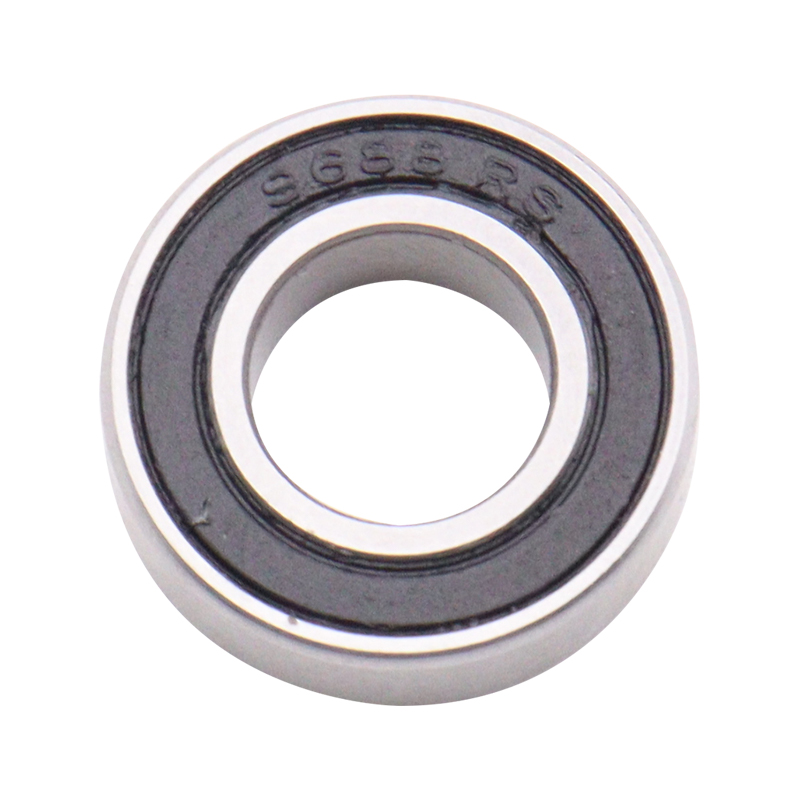
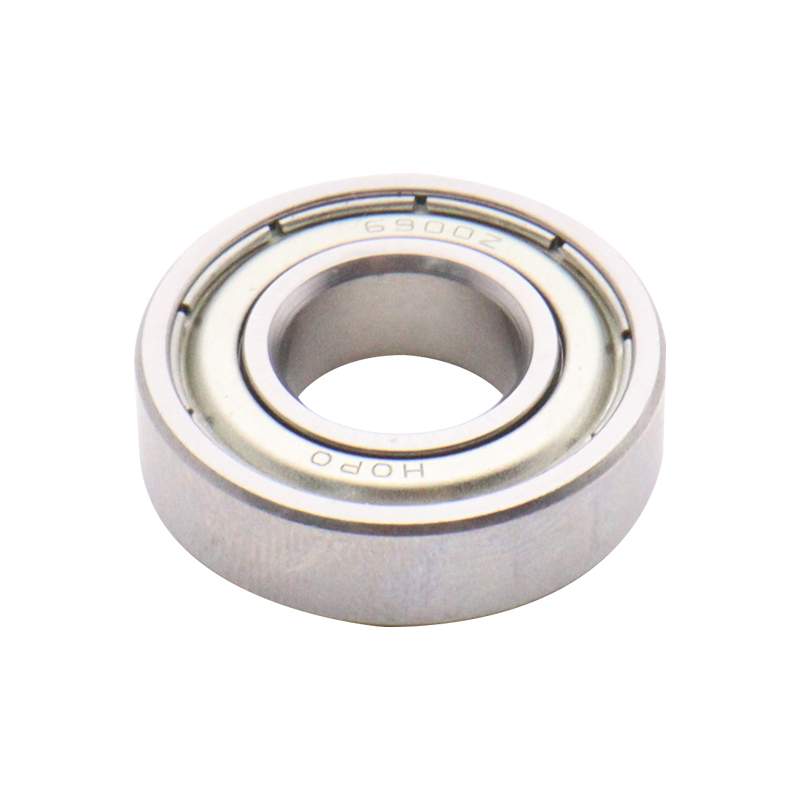
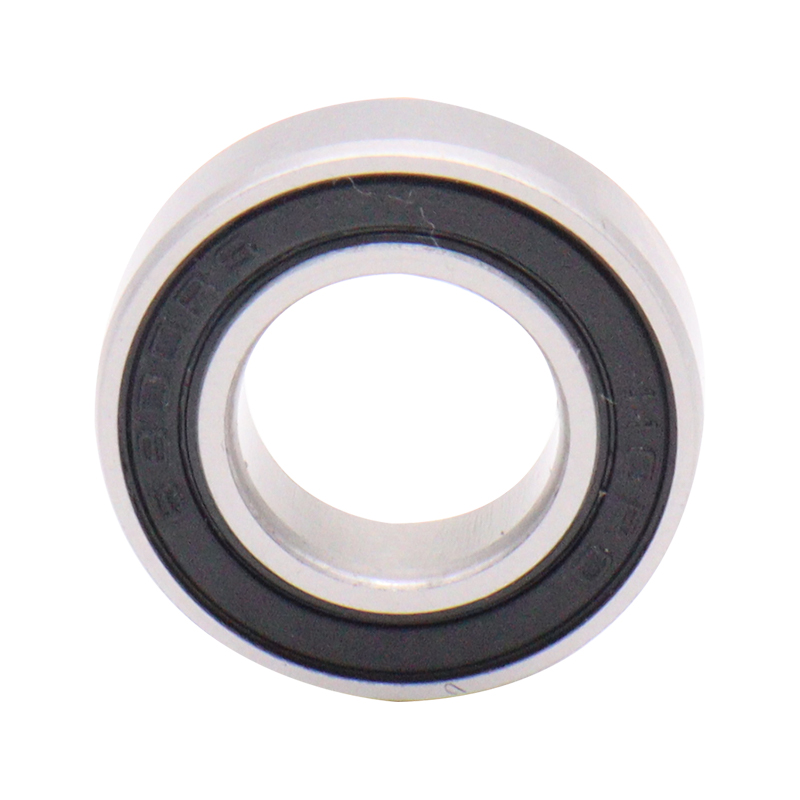
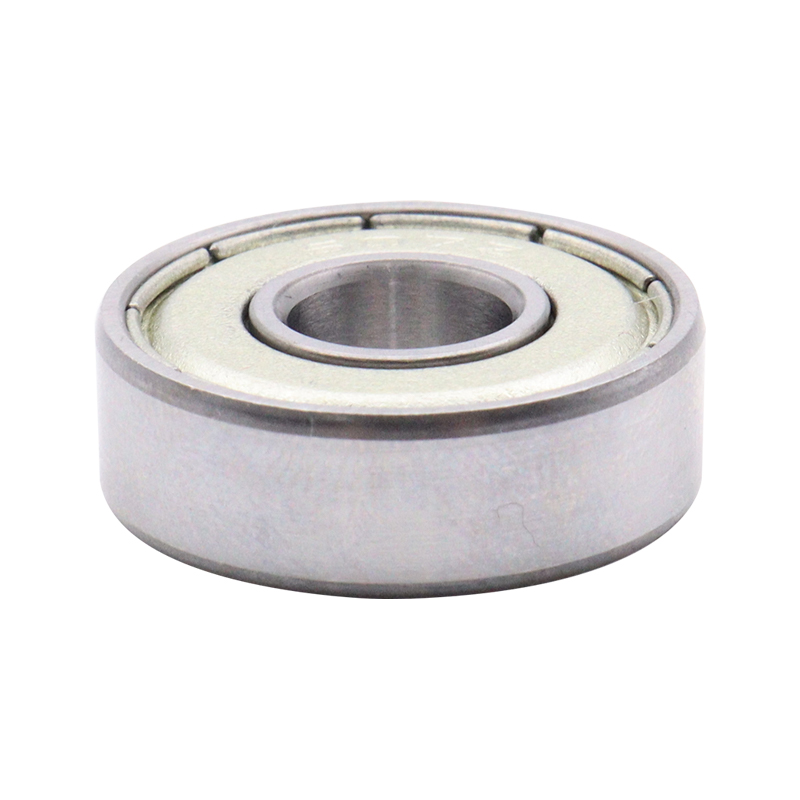
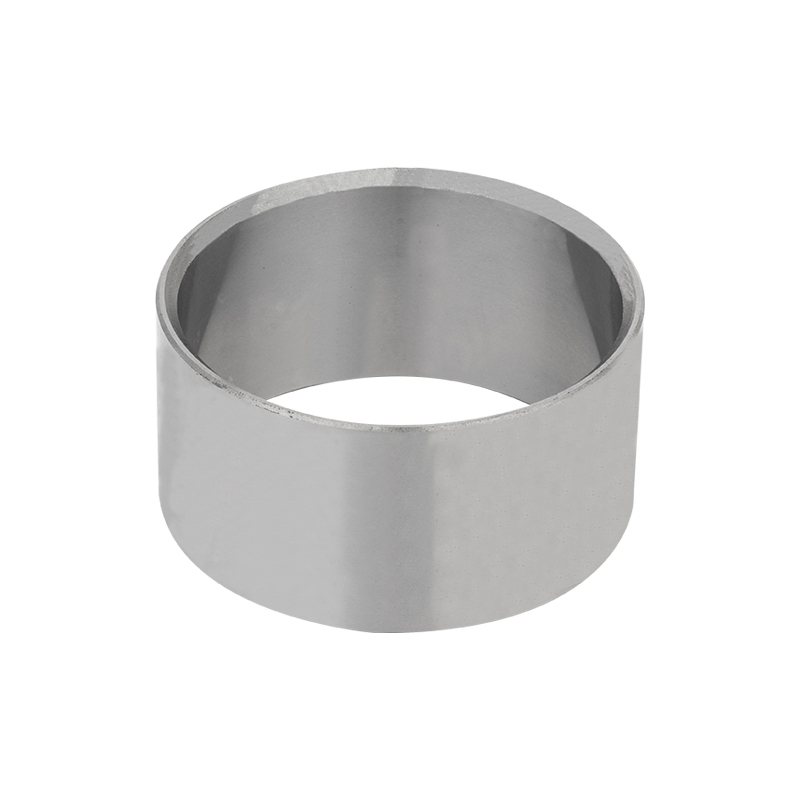
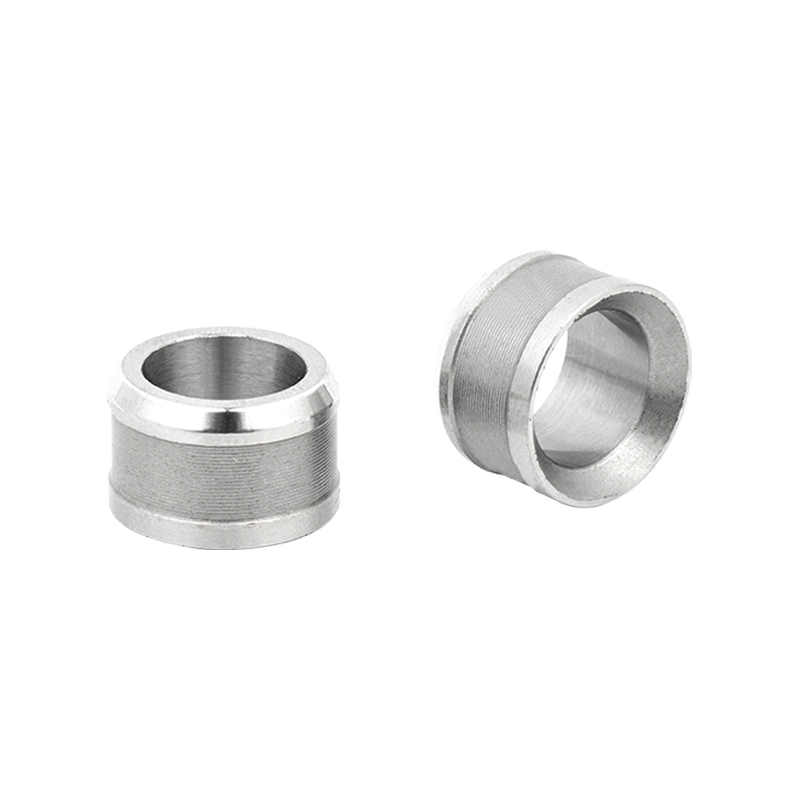
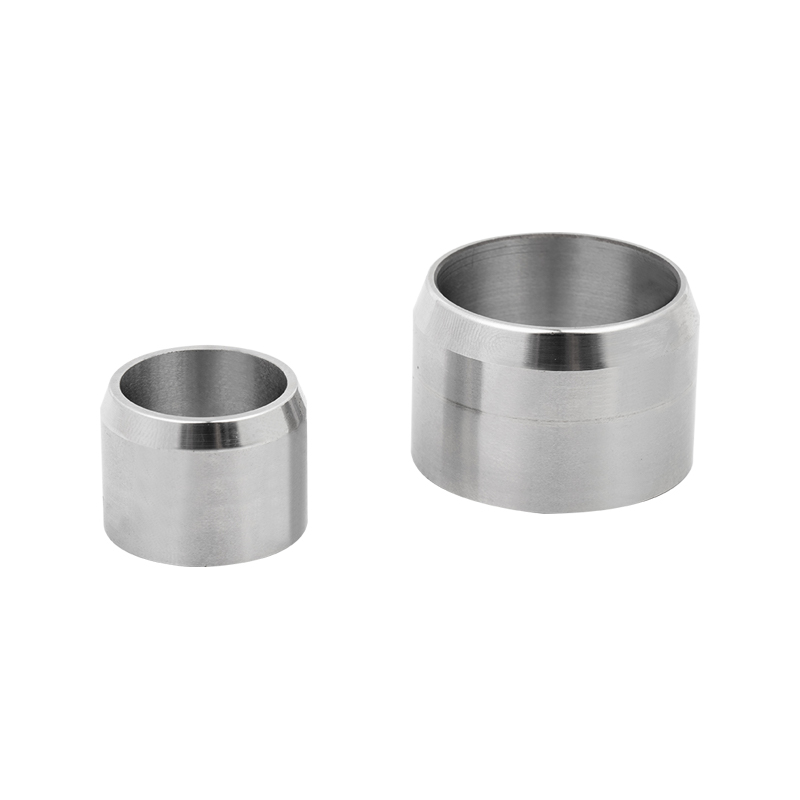
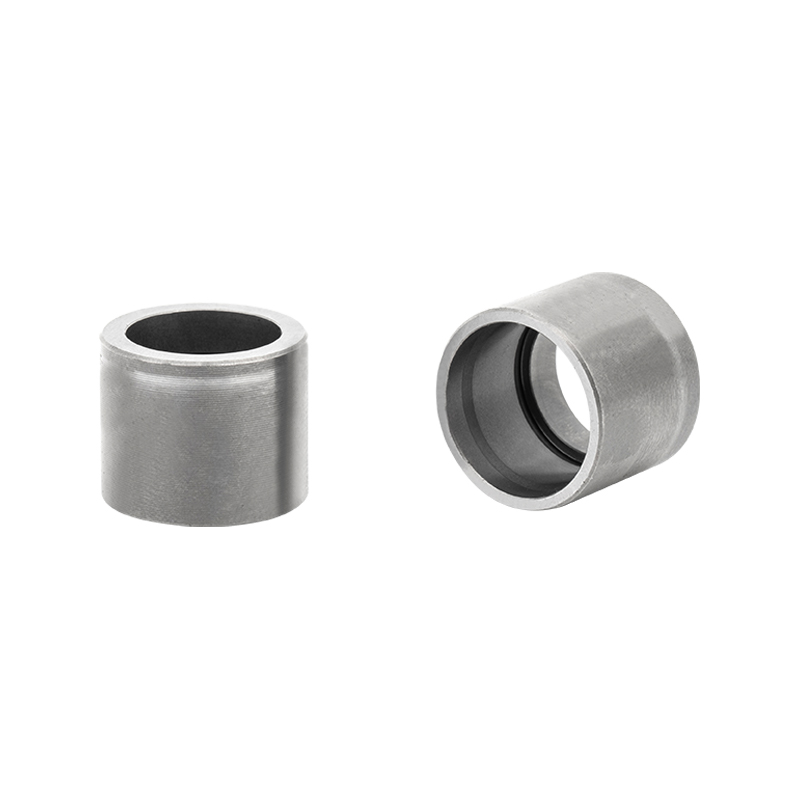
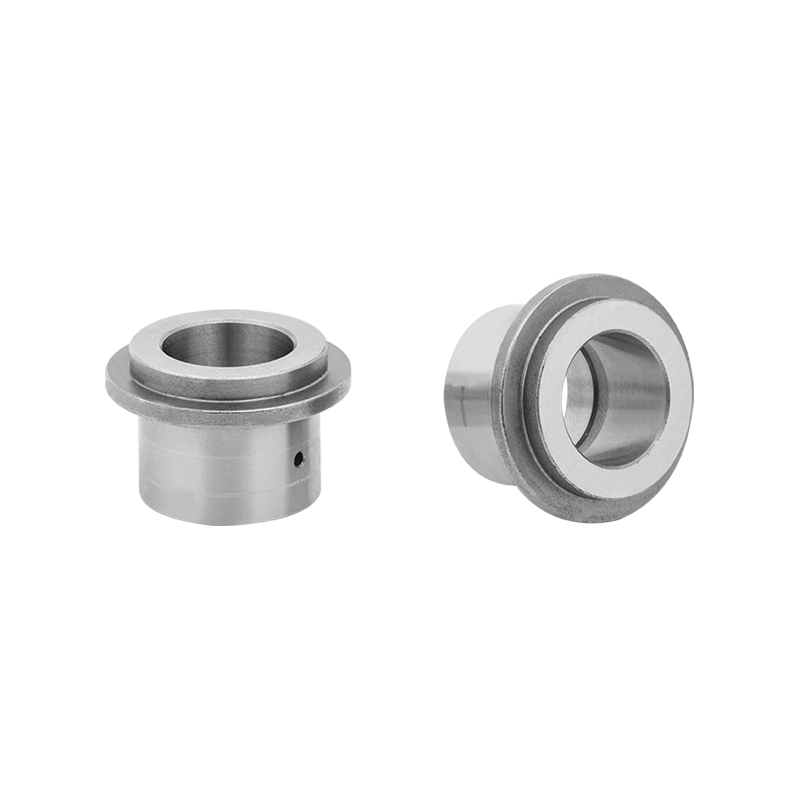

 Download Catalog
Download Catalog
